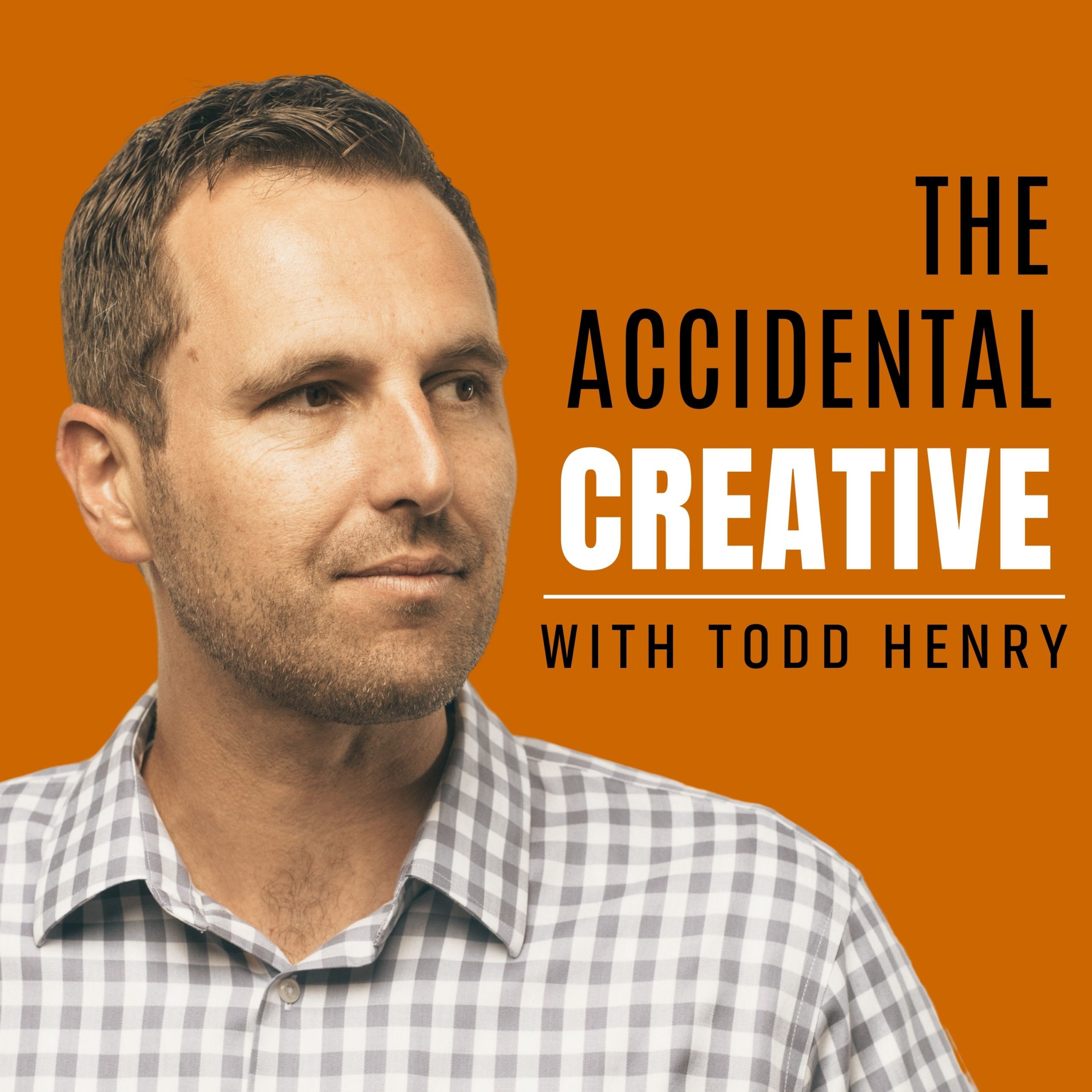
One of the frustrating aspects of creating for a living is that we are often responsible for executing our own ideas. Over time, this can cause us to self-limit because, subconsciously, we don’t want to generate an idea that we’ll have to find the time and energy to execute.
This happens a lot within organizations. We know that we’re going to have to go to bat for any idea we generate, and there is always a cost/benefit ratio associated with our idea. This cost/benefit ratio often has little to do with the merit of the idea, and more to do with the degree of pain we’ll experience in trying to get buy-in from our managers. The ratio is something like this:
E = PB + (NxA) / D
E = Enthusiasm for idea
PB = Potential Benefit
N = Novelty
A = Appropriateness
D = Degree of Hell I’ll have to go through in order to implement the idea
What to do when we have more ideas than we can execute? Chris Brogan suggests keeping an idea locker. I’ve been using a similar method for a long time, called the Idea Queue. I keep a list of ideas I think have great potential, with referenced notes and situations where they could be useful. This is far better than letting great ideas die on the vine because they can’t be executed at the moment. It also releases the pressure of having to execute right now, and gives me permission to generate great ideas without feeling like I have to execute all of them right now or else I’m a failure. Execution is critical, of course, but we only have so much bandwidth for it. We can self-limit ideas just because we have limited time and energy for executing.
Ideas are like stray cats. If you put out food and water, they’ll keep coming around. If you ignore them, they’ll go find another place to hang out. Keeping track of ideas – even when they’re not useful at the moment – is a great way to ensure that you’ll always have them when you need them.
(Photo Credit: Hey Paul)
 Everyday Brilliance is a 12 week course from Accidental Creative featuring audio, video and worksheets to help you be prolific, brilliant and healthy. Learn More»
Everyday Brilliance is a 12 week course from Accidental Creative featuring audio, video and worksheets to help you be prolific, brilliant and healthy. Learn More»



0 Comments